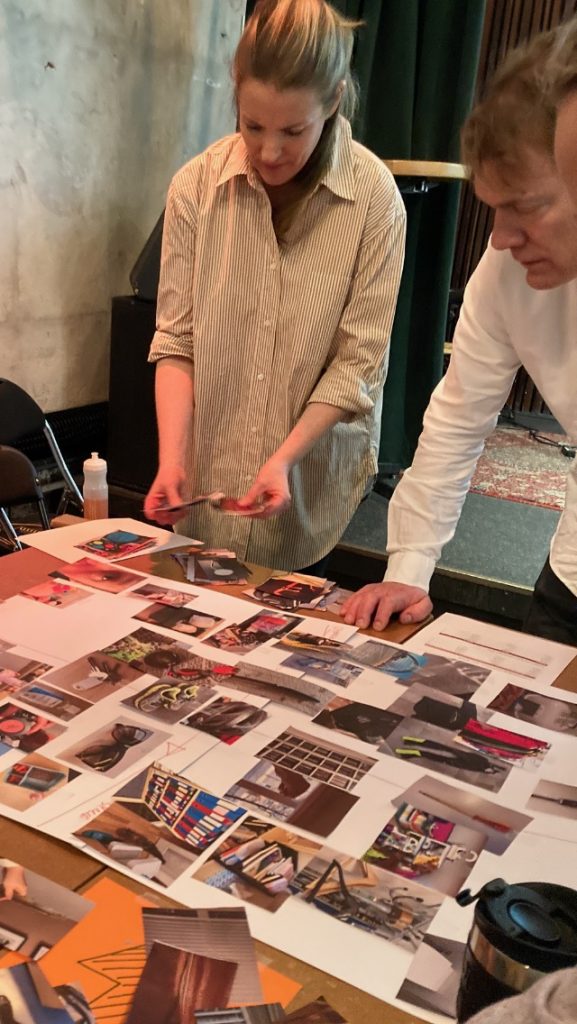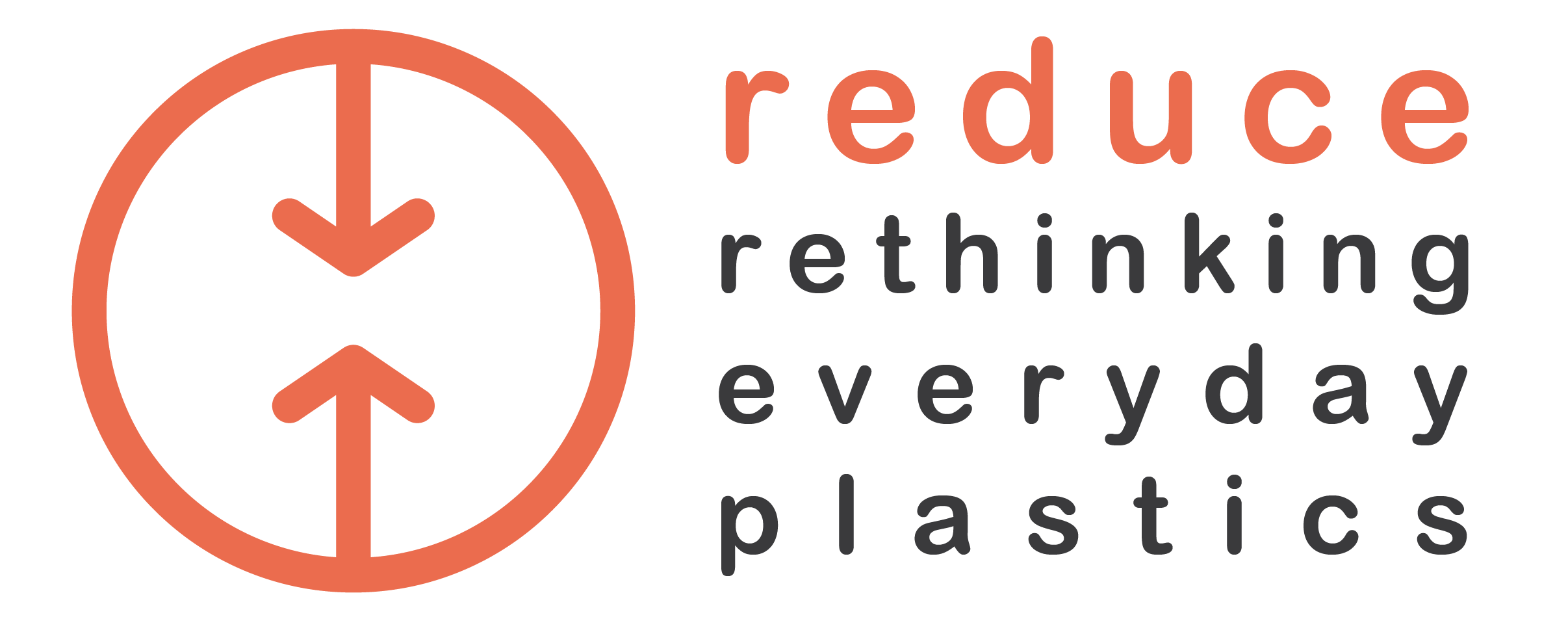Plastics & Everyday life
Through focus groups (group discussions) and mobile ethnography, we will gain a greater understanding of how plastic is part of our everyday lives and what it means for how we live. We will talk to both “ordinary people” and frontrunners. The latter are those who have already reduced their plastic consumption significantly and do so consciously. They can be, for example, young urban women, influencers, environmental activists or grandparents with a different way of relating to resources. It might be more challenging to define “ordinary people” – because we can not talk to everyone. Should we talk to those who already want to make changes in their consumption, but for some reason are hindered to, or perhaps those who do not really care? Is it most important to talk to those responsible for household purchases (often women)?

We are working on these questions now that we are planning the sociological fieldwork in the project, which will be carried out using the method “A day with plastic”, which we tested at Kulturhuset. The method entails that the participants take pictures of the plastic they encounter in their everyday lives, with a focus on plastic related to hygiene, leisure and children. There were many useful insights that came out of our test. Especially that a clear instruction must be given on what and where to photograph. The task must also be limited so that it does not become too time-consuming. For example, we could ask different participants to take pictures of plastic objects in different situations or rooms. One group of participants could take a picture of everything they find made of plastic in the children’s room, while another could take pictures at the gym, and a third of everything in the bathroom. This way we can also get comparable data from different categories. When the participants are invited to focus groups, we will use the pictures to talk about the products and what they mean to them in everyday life. In the following we also have to work with an appropriate analysis of the images that are generated – in sum we will have a time image of the extent of plastic in everyday life that can tell us a lot about its significance. At the same time, it can be difficult to identify the most “invisible” plastic with this method – precisely because the participants will not photograph something that is invisible to them. Thus, we must find ways to compensate for this.
